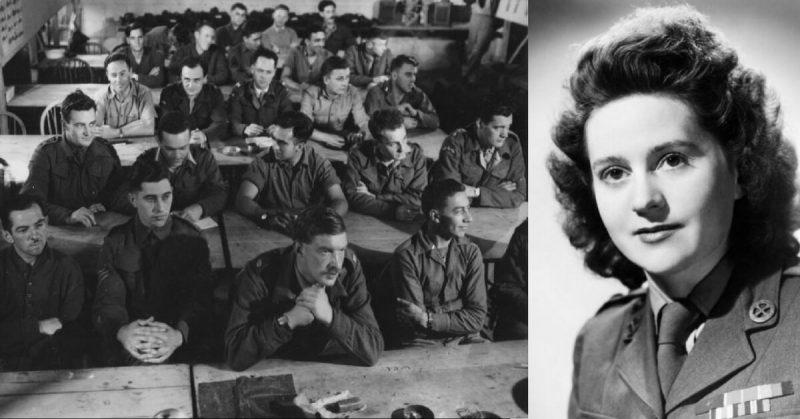During WWII, the Germans caught an Allied spy. Fortunately, she had a famous relative – British Prime Minister Winston Churchill.
Odette Marie Céline Brailly was born on April 28, 1912, in Amiens, France. Her father died when she was six, just days before the end of WWI. Then an illness made her blind for three and a half years, followed by polio which made her bedridden for months.
In 1931 she married Roy Sansom – a British hotelier who took her to Britain where they had three daughters. In WWII Roy joined the army, and Odette took their children to a village in Somerset to avoid German bombing.
Although they were safe, Odette felt guilty. Her mother and brother were in Nazi-occupied France, but there was nothing she could do to help them.
In the spring of 1942, the Admiralty went on the radio asking for pictures or postcards of the French coastline for possible military purposes. Odette knew the area well, so she gathered what she could and wrote a letter explaining who she was and sent them off.
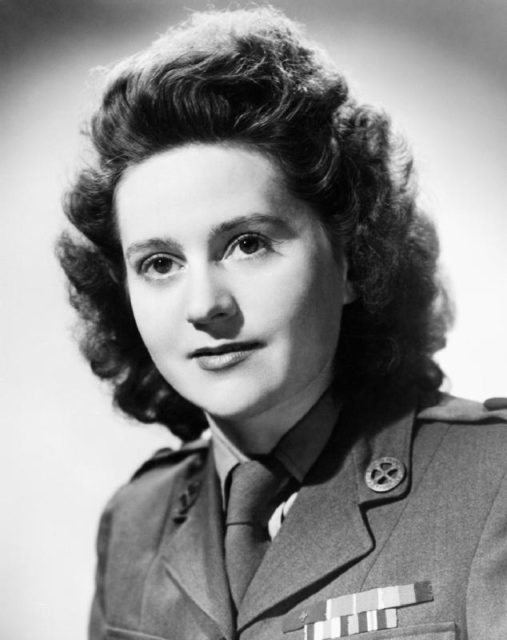
About a week later, she received a mysterious invitation to a shabby London hotel. Intrigued, she went along and met the novelist Selwyn Jepson – who was no ordinary writer. He was also the recruiting officer for the Special Operations Executive’s (SOE – British secret service) French Section.
With most of Europe under Germany’s thumb, Britain was isolated. It needed spies on the continent to bring back vital information. They were also required to liaise with local resistance groups and engage in sabotage operations against the Axis powers.
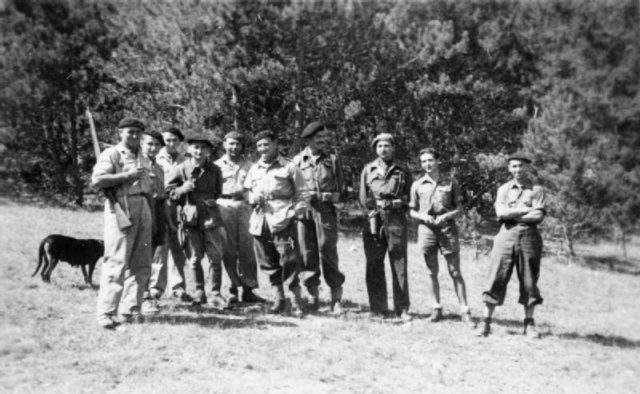
Odette at first refused as she had three daughters but guilt about her family tore at her. She left her children in a convent and began training with the SOE.
They deemed her overly-hasty, impulsive, temperamental, and completely unable to admit to making mistakes. She did show determination. Better yet, she was a native Frenchwoman who knew the region. A parachute training accident nearly put a stop to the whole thing, but they were right about her determination.
She took a boat to France on the evening of November 2, 1942, and landed at a beach near Cassis. Her mission was to reach her handler, connect with the Resistance on the French Riviera, then make her way to Auxerre in Burgundy to create a safe house for other agents like herself.
Her handler was Captain Peter Morland Churchill. He headed Spindle – the SOE network based in Cannes which covered southern France (which was not then under German occupation). Spindle was a mess due to power struggles.

Churchill’s chief agent, André Girard, was a temperamental artist who quarreled with their only wireless operator. Girard may also have been a double agent for the Nazis, but whatever the case, he refused to take Odette to Auxerre.
Stuck in the French Riviera, she acted as a courier for Churchill and proved herself good at her job. On November 11 Germany invaded southern France. Unable to evacuate his team back to London, Churchill sent them to a hotel in St. Jorioz village in Haute-Savoie (close to Switzerland and Italy).
There they met Hugo Ernst Bleicher – a German who claimed to have seen the light and wanted to help the resistance against Hitler. It was a lie. Bleicher was a member of the Abwehr – the German version of the SOE. The others bought the lie, but Odette remained suspicious.
She and Churchill were arrested on April 16, 1943. Odette was sent to Fresnes Prison south of Paris where she was tortured by the Gestapo – the German state police. She told them nothing – only that she was married to Churchill who was the nephew of the British prime minister.
He was not, but Odette hoped it would save herself and Churchill. Unfortunately, it did not work. She was sent to the Ravensbrück concentration camp in Germany where she was kept in solitary confinement and starved. By August 1944 she lay on the verge of death.
In December she was moved to “better” quarters next to a crematorium that blackened her cell with soot. The Allies were approaching, so Fritz Suhren (Ravensbrück’s commandant) took Odette and drove her to the Americans – hoping her relation to the British prime minister would save him.
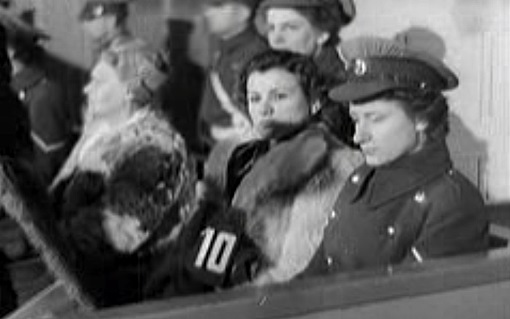
It did not, of course. Odette participated in the Hamburg Ravensbrück Trials where she explained what she and others had been put through. Her nails had been torn out (confirmed by eyewitnesses), and it was so awful that she saw prisoners eating corpses to survive. Suhren was hanged.
Churchill was indeed treated better in the hope that he could be used as a bargaining chip in the event Germany lost. Many of his jailers were also hanged.
Odette survived her years of torture, by remembering her childhood blindness and polio. It taught her to focus on each moment. Every minute she stayed alive without breaking was a triumph. She did not think of the next hour, let alone the next day.
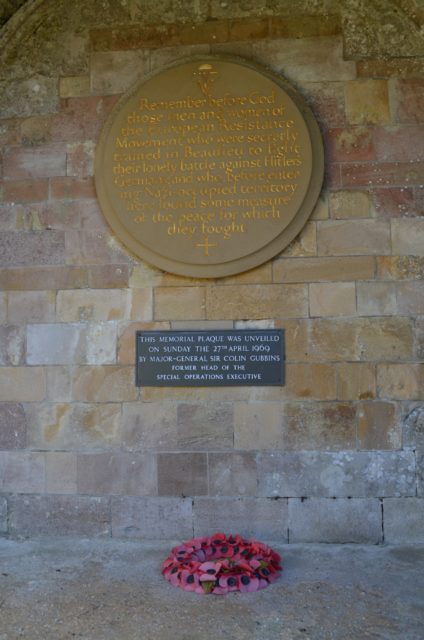
She divorced Samson and married Churchill (the spymaster, not the prime minister). Later she divorced Churchill to marry Geoffrey Hallowes – another SOE officer.
Odette also became the first woman to receive the George Cross and be recognized as a French Knight of the Legion of Honor. She received many other medals too.
In 1950 a film was made (based on her autobiography) about what she went through. It was simply called, “Odette.”
